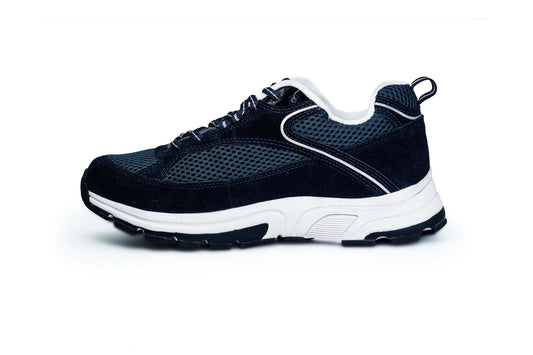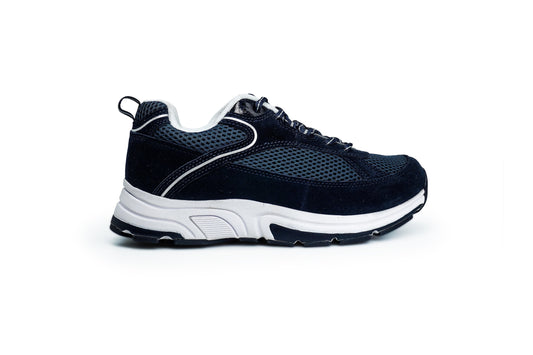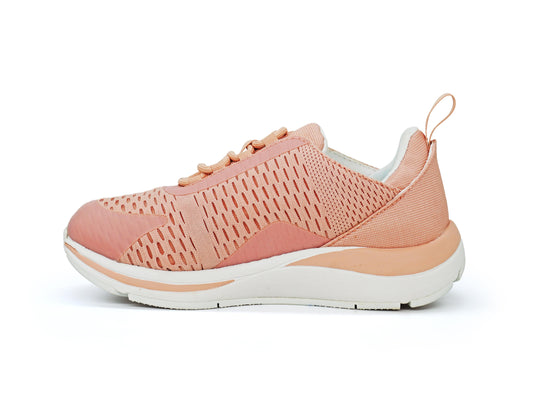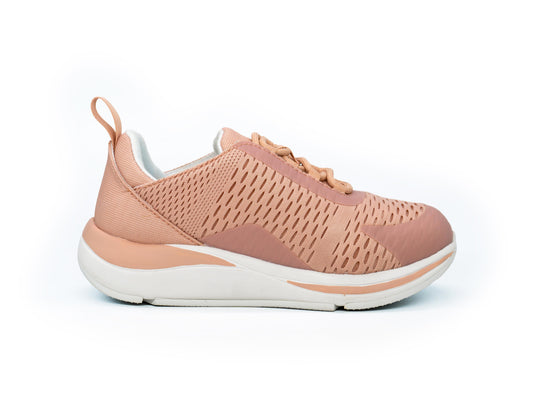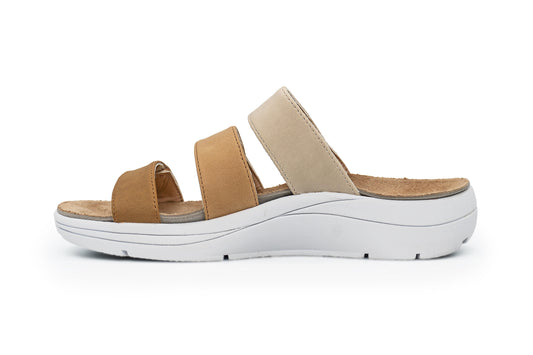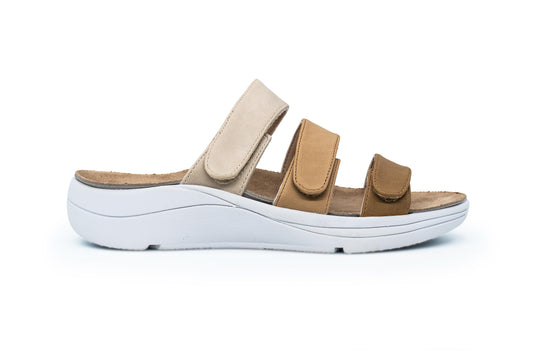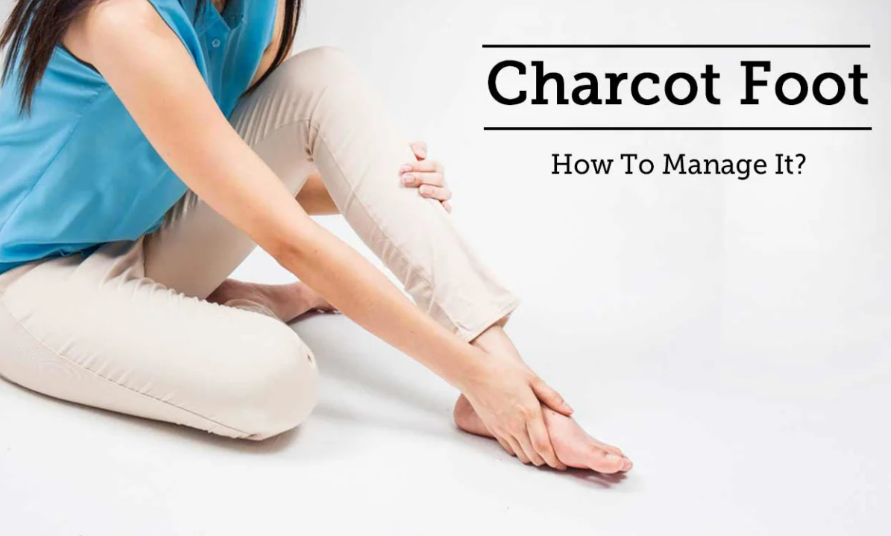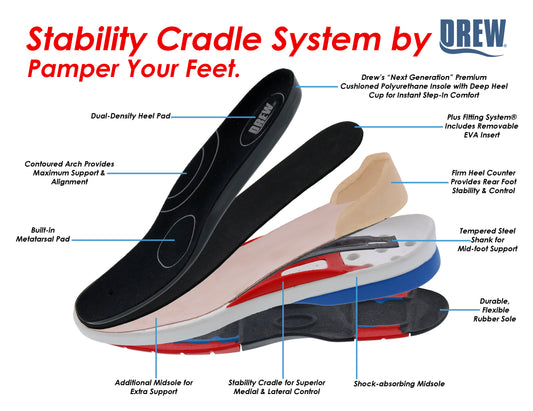Managing Charcot Arthropathy: Early Detection and Footwear Essentials
What is Charcot Arthropathy?
Charcot arthropathy is a serious condition that affects the bones, joints, and soft tissues in the feet. It is more commonly observed in individuals with peripheral neuropathy and diabetes.

The condition starts with numbness in the feet, leading to a lack of awareness of injuries. As a result, bones may weaken and joints can dislocate without the person noticing. Over time, if left untreated, the foot may collapse, causing deformity and potential disability. In severe cases, amputation might be necessary.
Early diagnosis and intervention are crucial to prevent the progression of Charcot arthropathy and mitigate the risk of irreversible damage.
What involves Charcot Foot Treatment?
1. Early Intervention: If you feel heat or swelling, get medical attention immediately.
2. Immobilization and Offloading: No weight should be placed on the afflicted foot for a certain time. Immobilization helps weaker structures repair themselves by preventing more stress.
3. Protective Devices: Protective shoes, braces, or boots can change the game for people with foot issues. These gadgets reduce stress and support the feet.

4. Regular Monitoring: Healthcare professionals must be seen regularly to monitor the issue.
5. Surgery (if necessary):If Charcot's foot worsens, corrective surgery may be advised. It's recovery time depends on severity and success. Surgery corrects foot problems, stabilizes them, and prevents complications.
What is the importance of footwear?
In the early stage, therapeutic or diabetic shoes, protective boots or splints, and options that may be adjusted to fit individual foot concerns are recommended.
The goal is to locate shoes that provide adequate support, can be altered to accommodate deformities and reduce the likelihood of issues.
1. Therapeutic or Diabetic Shoes :

These specialized shoe choices are very important because they have a roomy toe box that allows for possible deformities and relieves pressure on the toes.
These shoes are made for people with diabetes and neuropathy, and they put comfort and support first.
2. Protective Boots or Splints:
People just starting to develop Charcot's foot may be told to wear protective boots or splints to support their feet and keep them from putting more stress on them.
3. Customizable Shoes:

Some therapeutic shoes can be changed by adding orthotic inserts or insoles to fit your needs. This function is helpful for fixing certain foot problems and giving extra support.
4. Post-Surgical Footwear:
People who have had reconstructive surgery for Charcot's foot should wear the right shoes to help them heal. This could include shoes that protect and keep you stable.
To summarize, the best strategy to cope with Charcot foot, a deadly condition that affects persons with peripheral neuropathy and diabetes, is to detect it and treat it as soon as possible.
Therapeutic or diabetic shoes strengthen your feet, relieve pressure, and enhance foot health, making them essential for treating and avoiding this condition.
Step into the world of better foot support with DiabeticShoe.in for a healthy life.
Check out our extensive collection of orthopedic shoes now!

